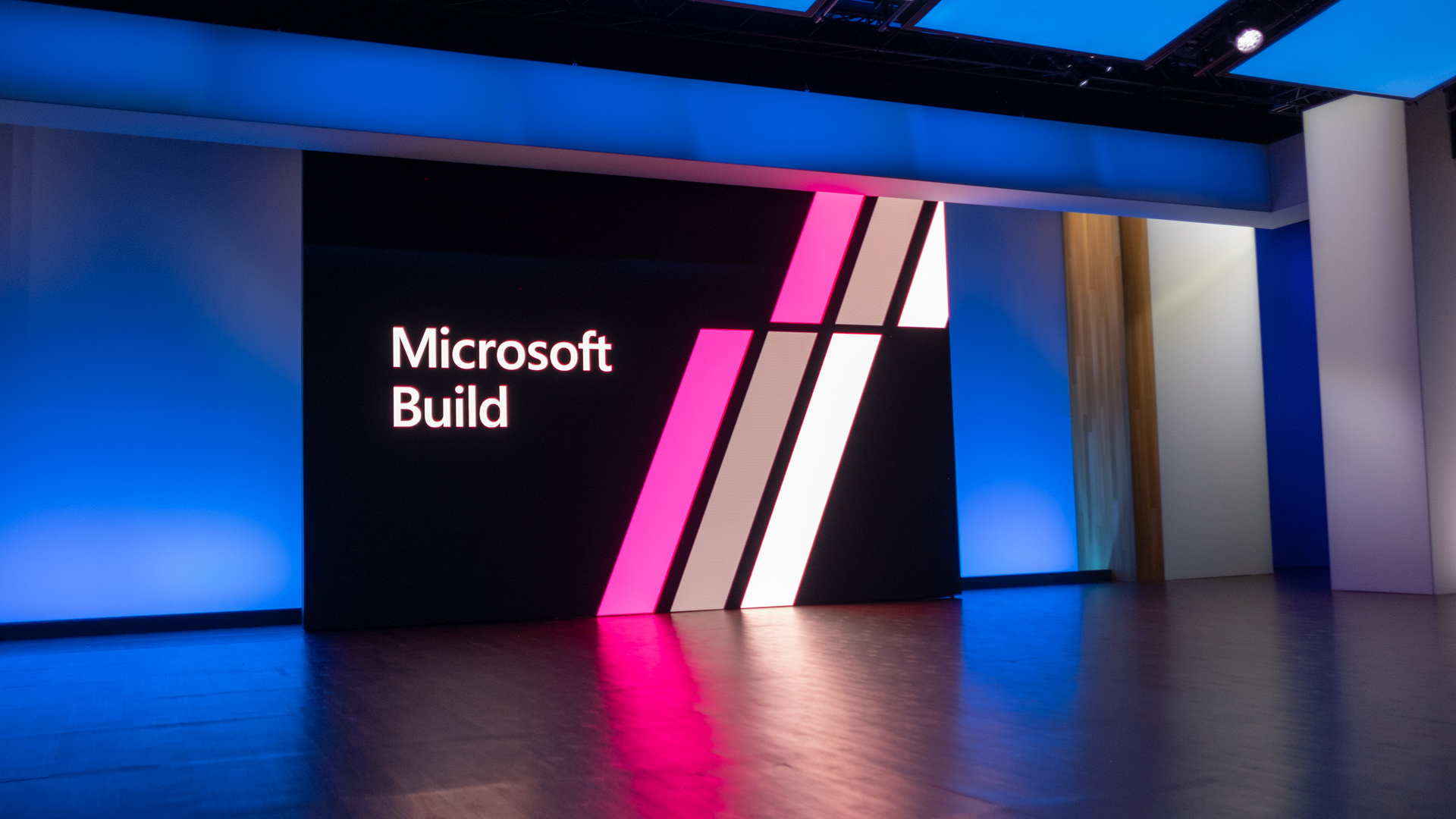
Microsoft Build has classically been a showcase for the next version of Windows. Whether it was new features, programs or a whole operating system redesign, Windows has always felt front in center of the company's Build conference.
This year however, Windows 10 was hardly mentioned, garnered about ten mentions throughout two days of keynotes. Instead, Microsoft spent much more of its time showing how it planned to extend its reach everywhere beyond Windows.

The home cloud computing network
Microsoft cloud computing services is literally one of the company’s biggest money makers right now and the company plans to greatly expand its reach into smart home devices with the hotly announced Azure Internet of Things runtime. Just to give you an idea of the monumental scope of this category, the Redmond company said it expects there will be 20 billion connected IoT devices by 2020.
That’s a lot of devices, and Microsoft wants to help them all get online to share information in its greater Intelligent Cloud.
What’s more, Azure is set to see much greater integration everywhere. Whether it’s in a Qualcomm camera kit, a DJI drone in the sky in the skies, the new Kinect or an AI client created through the company’s updated Bot Framework – Microsoft, or specifically Azure plans to be there.

Taking over your phone
Not too long ago, Microsoft CEO Satya Nadella’s mission was to turn Windows 10 into a single platform for desktops, laptops, tablets, game consoles and mobiles. While that worked out for the most part, Windows 10 Mobile has practically vanished off the face of this planet.
Microsoft isn’t afraid to admit it didn’t work and has since been attempting to bring its software to iOS and Android. We’re not just talking about simple, mobile versions of its established programs either.
Get daily insight, inspiration and deals in your inbox
Sign up for breaking news, reviews, opinion, top tech deals, and more.
At Build 2018, Microsoft demonstrated how users could take advantage of the same Timeline features (i.e. reopening the applications and browser window you last opened) that came with the recent Windows 10 April Update on their smartphones.
Microsoft Edge on iOS and Android now gives you deeper session saving, preserving your browser history in greater detail down the last tabs you had open across an easy to explore uhh, Timeline. The updated Microsoft Launcher for Android takes Timeline a step farther to with working across smartphones and their PCs easier by also recording what applications and files you were working on.

Is Windows 10 going away?
Not yet. It's not like Microsoft is just going to drop Windows 10, after all the OS has seen nearly 700 million installs and it still has a long life ahead of it. However, there’s plenty of evidence to suggest that Windows 10 is a much lower priority for Microsoft than ever before.
If the lack of Windows 10 announcements at this Build conference isn’t proof enough, recent events in the Redmond company should convince you.
Windows and Devices chief Terry Myerson left the company at the end of March 2018. On the very same day, Microsoft announced a major organization restructuring mostly revolving around building up the Cloud and AI teams.
For almost it’s entire existence Microsoft has been best known for making Windows, but that might not be the case anymore in the near future.
Kevin Lee was a former computing reporter at TechRadar. Kevin is now the SEO Updates Editor at IGN based in New York. He handles all of the best of tech buying guides while also dipping his hand in the entertainment and games evergreen content. Kevin has over eight years of experience in the tech and games publications with previous bylines at Polygon, PC World, and more. Outside of work, Kevin is major movie buff of cult and bad films. He also regularly plays flight & space sim and racing games. IRL he's a fan of archery, axe throwing, and board games.
